Retrospective. As the part of the classics of Russian photograpphy programme
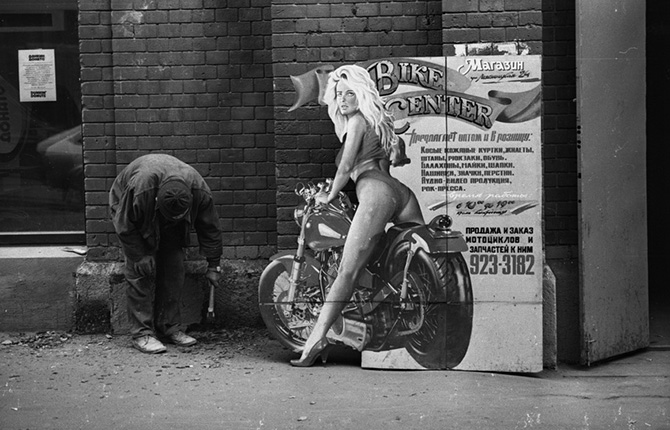
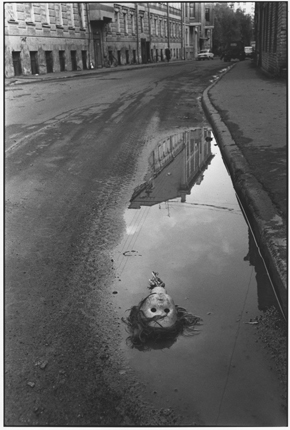
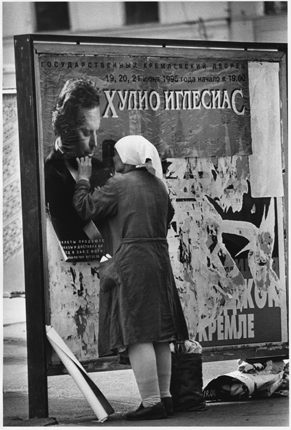
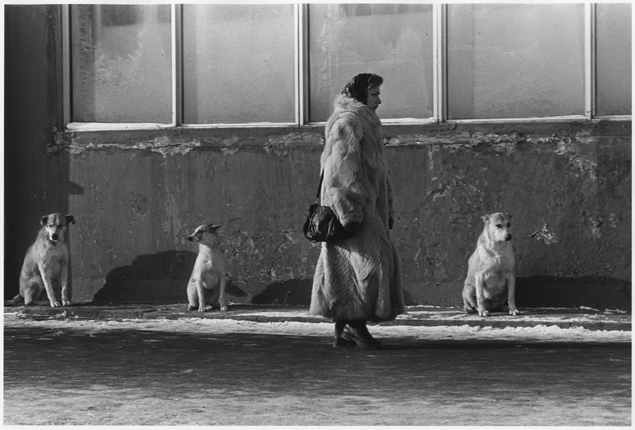
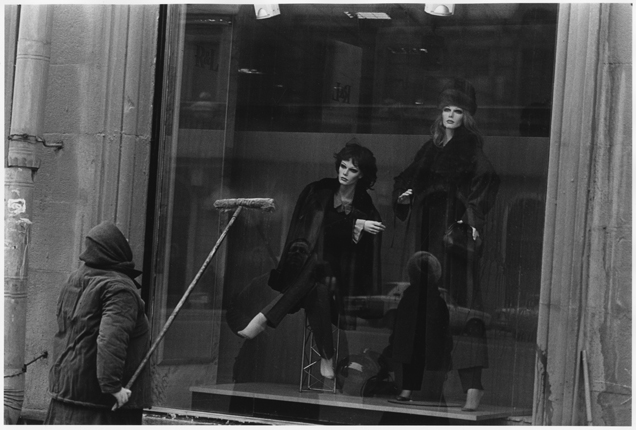
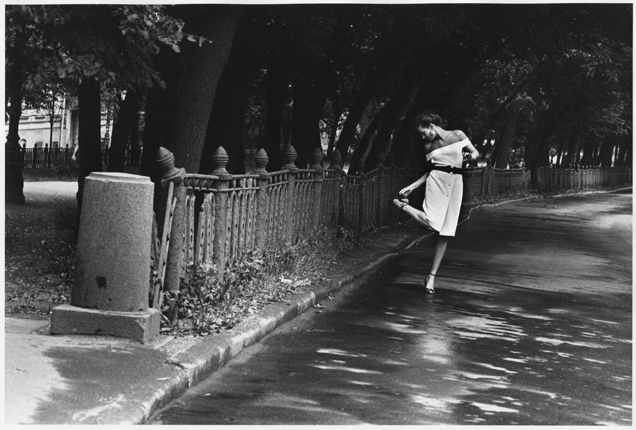
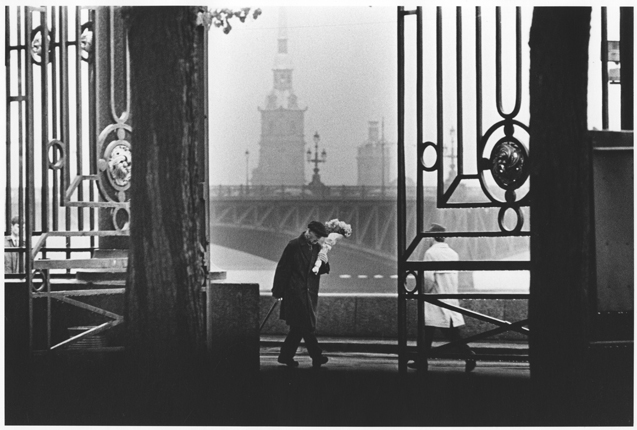
Vladimir Bogdanov. Bike Center. Moscow, 1990s .Multimedia Art Museum, Moscow
Vladimir Bogdanov. Sretenka, 1984. Multimedia Art Museum, Moscow
Vladimir Bogdanov. Julio Iglesias is coming to Moscow. 1995. Multimedia Art Museum, Moscow
Vladimir Bogdanov. The fur coat made in China. Moscow, 1993 Multimedia Art Museum, Moscow
Vladimir Bogdanov. The fur coats. Moscow, 1990's.Multimedia Art Museum, Moscow
Vladimir Bogdanov. Strastnoy boulevard, 1992.Multimedia Art Museum, Moscow
Vladimir Bogdanov. Leningrad, 1964. Multimedia Art Museum, Moscow
Moscow, 21.07.2017—3.09.2017
exhibition is over
Share with friends
Curator: Elena Misalandi
For the press
Bogdanov, Vladimir Vladimirovich (b. 1937)
Vladimir Bogdanov took up photography while studying at the Textile Institute. He joined the photo studio at the Leningrad City Council Palace of Culture, and ten years later his photographs were already published in the Smena and Leningradskaya Pravda newspapers. Later in Moscow, Bogdanov worked for Komsomolskaya Pravda, Sovetskaya Rossiya and Literaturnaya Gazeta, where he was a correspondent for more than twenty years.
He became famous for his portraits of well-known contemporaries such as Lily Brik, Bulat Okudzhava, Faina Ranevskaya, Mstislav Rostropovich, Arseny Tarkovsky, Mikhail Gorbachev and Andrei Sakharov. But no less interesting and significant were his portraits of ordinary people — lovers, random passers-by, participants in protest rallies, children and elderly people — always unexpected, unpredictable and alive. Bogdanov’s creative career was framed by two thaws, under Khrushchev and then Gorbachev, when society tried to apprehend and to some extent overcome the consequences of the Stalinist regime and Brezhnev-era stagnation, when the timid liberalisation of social and political life and a weakening of censorship helped artists push the ideological boundaries of the only permitted artistic direction — socialist realism.
Vladimir Bogdanov numbers among the most striking representatives of street photography. Whatever his camera lens focuses on, Moscow courtyards, the magical embankments of his native Leningrad or the streets and alleyways of Vologda and Nizhny Novgorod, everything appears full of meaning and the unfeigned joy of existence. Vladimir Bogdanov’s work is an example of free humanistic photography with attention centred on the individual rather than the mass of humanity or a specific group.
The Bogdanov Effect
I studied in Leningrad and looked closely at the City and its inhabitants. I could only write something when I had absorbed it and them, when I got the feel of the place and made friends with its people. When enthusiasm became an easy and habitual state that went unnoticed in ordinary life. I took photographs with audacity and showed them to nobody, since what I captured was not comparable to the photographs of those I immediately singled out — Vitya Yakobson, Valya Bryazgin and Volodya Bogdanov.
Of this worthy trio Volodya was the closest to me, although I authored two books with Yakobson and have never ceased to admire his skill. Now it’s from memory. He was a superb press photographer. With a lyrical bias. As far as that was possible at Pravda.
Bryazgin seemed to me an example of the odious term ‘art photographer’. Yet he was an outstanding photographer who could shoot and process an image of the City in such a way that it was just asking to be used as an illustration, or be framed on the wall.
Both spiritually and mentally Volodya Bogdanov coincided and still coincides with my concept of ‘non-interference of the portrait in the life of a living person’. His photography is tactful and gives an impression not only of the subject (and he photographed a great many people of that era), but also of Vladimir Bogdanov the St. Petersburg intellectual’s attitude to them. I won’t say that he liked all his subjects, but he was merciful towards each and every one of them. He doesn’t exploit the photographer’s power over those living nearby. He waits patiently until they give Bogdanov the unconscious signal: ‘Go ahead and shoot, now I’m the person you were waiting for’.
By yielding to this subconscious dictate Volodya is apparently deprived of the choice, because the talent of the artist-observer decides which Moment will be recorded, irrespective of any act of will. And of course the selection, which distinguishes art from craft, is what makes Bogdanov a master. That selection gives us the joy of making contact with other lives and the life of Vladimir Bogdanov himself, whom I have observed for many years. That I admire.
That I have to admire!
Yuri Rost





